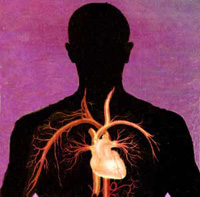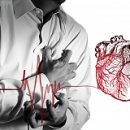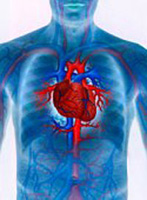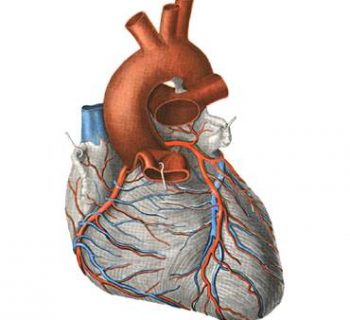How myocardiodistrophy is diagnosed? How is the treatment of myocardiodistrophy? Answers to these questions you will find in the article.
Content
Diagnosis and treatment of myocardiodistrophy
The clinical picture in accordance with the stratitude of the development of myocardiodistrophy to a certain extent depends on its stage. In the early stages of the formation of myocardiodestrophs, a complaint of a cardiac character may be absent. Fast fatigue, reduced performance, poor tolerance of physical exertion can be regarded as manifestations of the underlying disease. Most often, patients note cardialgias, localized in the field of heart tops, long-term, not having a clear connection with physical activity at the time of its execution, not eliminating after taking nitroglycerin. At the same time, both physical and emotional overloads often provoke cardialgia in such patients, but more often - after a while. Sometimes pains can be unword. In addition, many patients are disturbed by the sensation of lack of air, shortness of breath, heartbeat. In the II-III stages of myocardiodistrophy, swelling may appear, shortness of breath in peace, rhythm and conduction disorders.

With an objective examination at the beginning of the development of myocardiodestrophs, a weakening of the tone above the top of the heart, a short systolic noise, tachycardia is determined. Subsequently, the rhythm of the gallop can be formed due to the occurrence of the pathological III tone, disorders of the rhythm and conductivity (extrasystolia, flickering arrhythmia, intraventric and atrioventricular blockade) are often detected, and irrigation of blood circulation appears. Certain clinical manifestations are caused by the extracaricardial pathology, which led to the development of myocardiodistrophia. So, with myxedema, the dimensions of the heart can significantly increase, the movement of its walls at the same time is sluggish and slow; With thyrotoxicosis, flickering arrhythmia can very early; Under anemia, symptoms of the valve heart valve can be simulated - systolic noise, typical of deficiency of mitral, three-risk and aortic valves, may be heard; with boring diseases often patients complain about «riding», feeling of heat, sweating, paresthesia in the limbs and t. D.
The ECG is often revealed to decrease and flatten the tongue, the most pronounced in the right breasts, less often in the left. Sometimes the ST segment is shifted, intrahertobrian conductivity is disturbed. If such changes are installed on the ECG, pharmacological samples are performed with the aim of diagnostics (kaliya, prividation). In the case of similar changes in intracellular deficiency of potassium, the reception of 4-6 g potassium chloride may normalize ECG. Under the excessive influence of catecholamines on myocardium, the Normalization of ECG and flow 1 - 1.5 hours after receiving 60-80 mg of the sumsion (anapriline, index) is possible. In cases of depletion of norepinephrine reserves in the end of the sympathetic nerves of the ECG hearts, it is possible to restore after receiving the Izadrina p-adrenostimulator. However, it should be noted that the data of pharmacological samples do not need to be absolute. Only a set of results of clinical, instrumental methods and dynamic observation allows you to diagnose myocardiodistrophy.
Treatment should be aimed at eliminating the main process that caused dystrophic changes in myocardium. In addition, pharmacotherapy is appointed that affects the exchange processes in the heart muscle (Riboxin, Mildonat, Safinor, Vitamines of the group. D.), normalizing electrolyte balance (preparations of potassium, magnesium), which improves microcirculation (dipyridamol, theronicic, aspirin), affecting catecholamine balance (anaprilin, survey, index). At the same time, antiarrhythmic therapy is carried out, treatment of heart failure.









